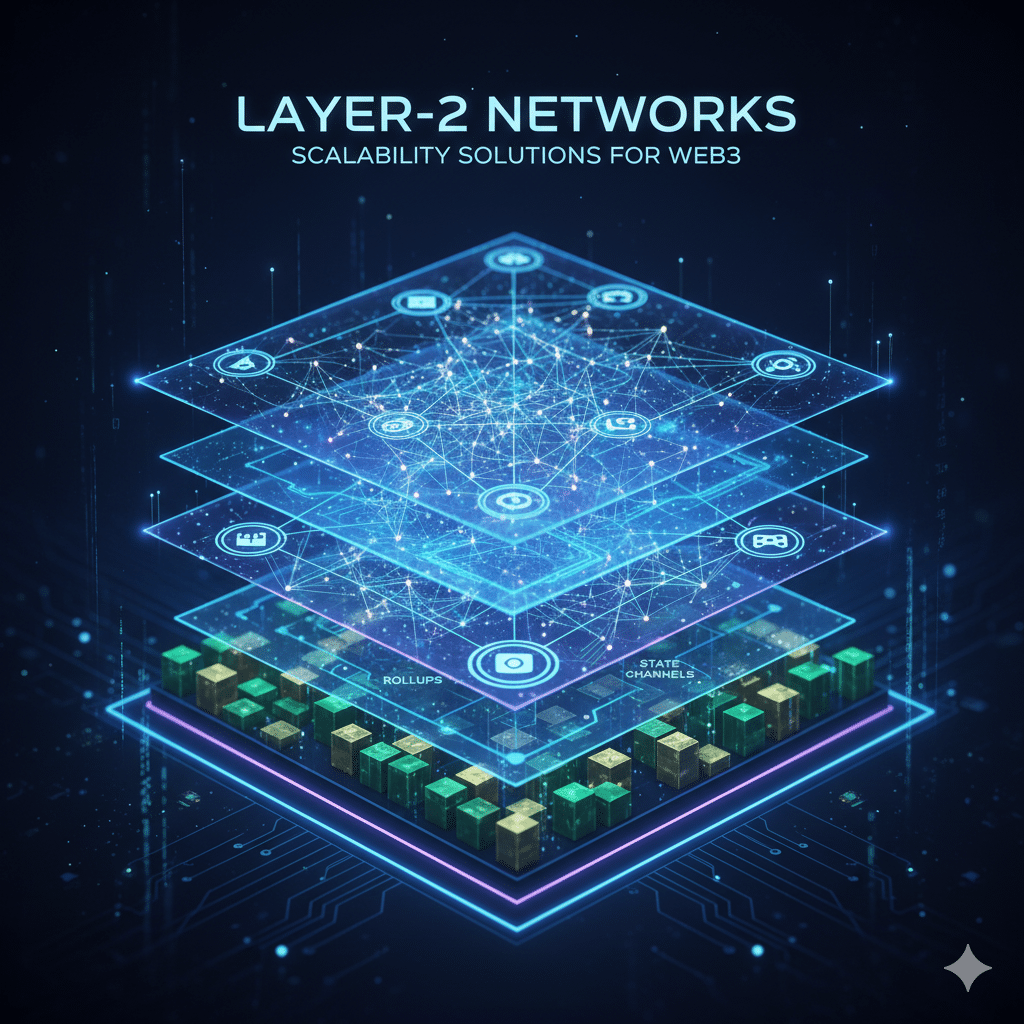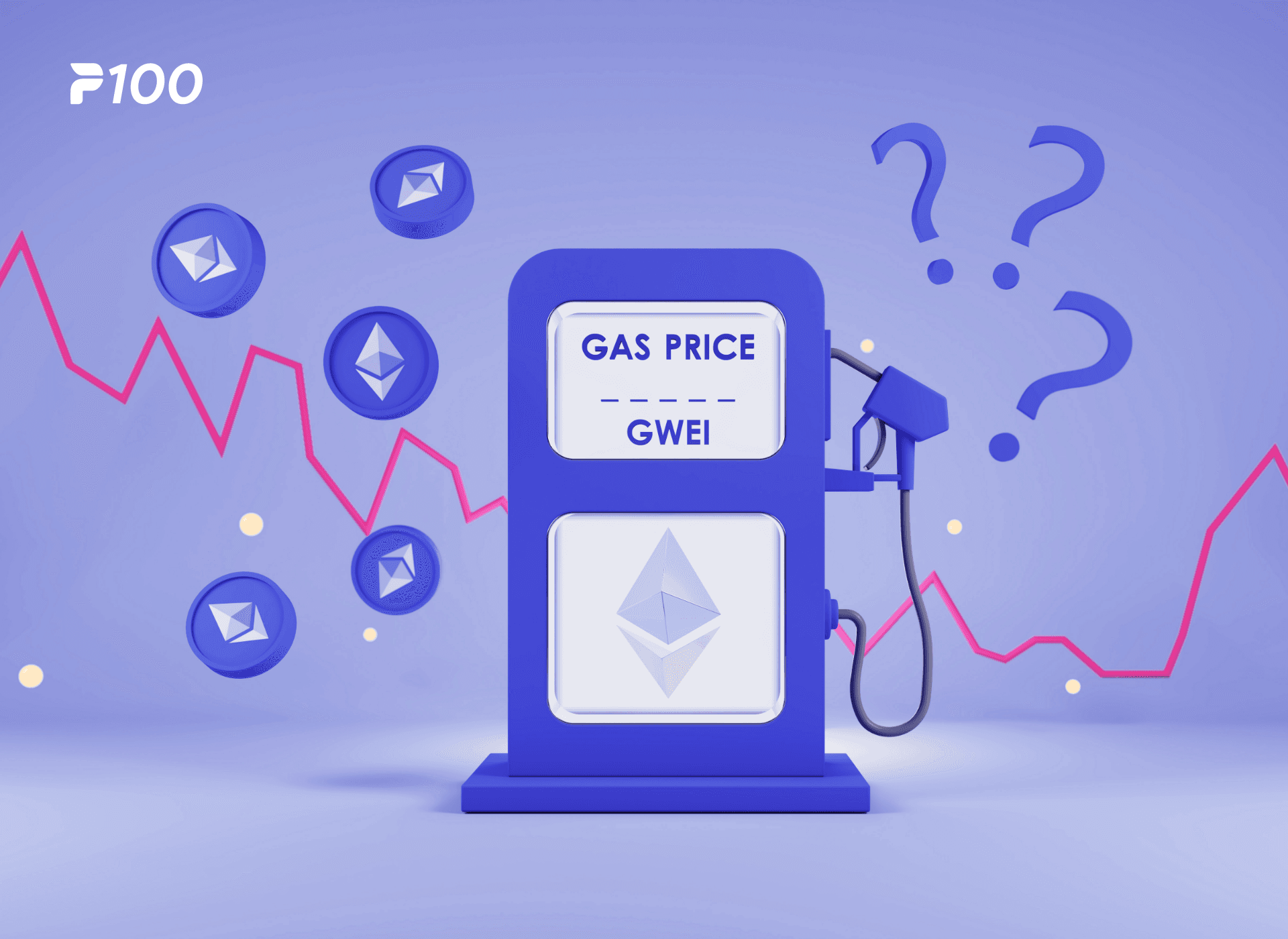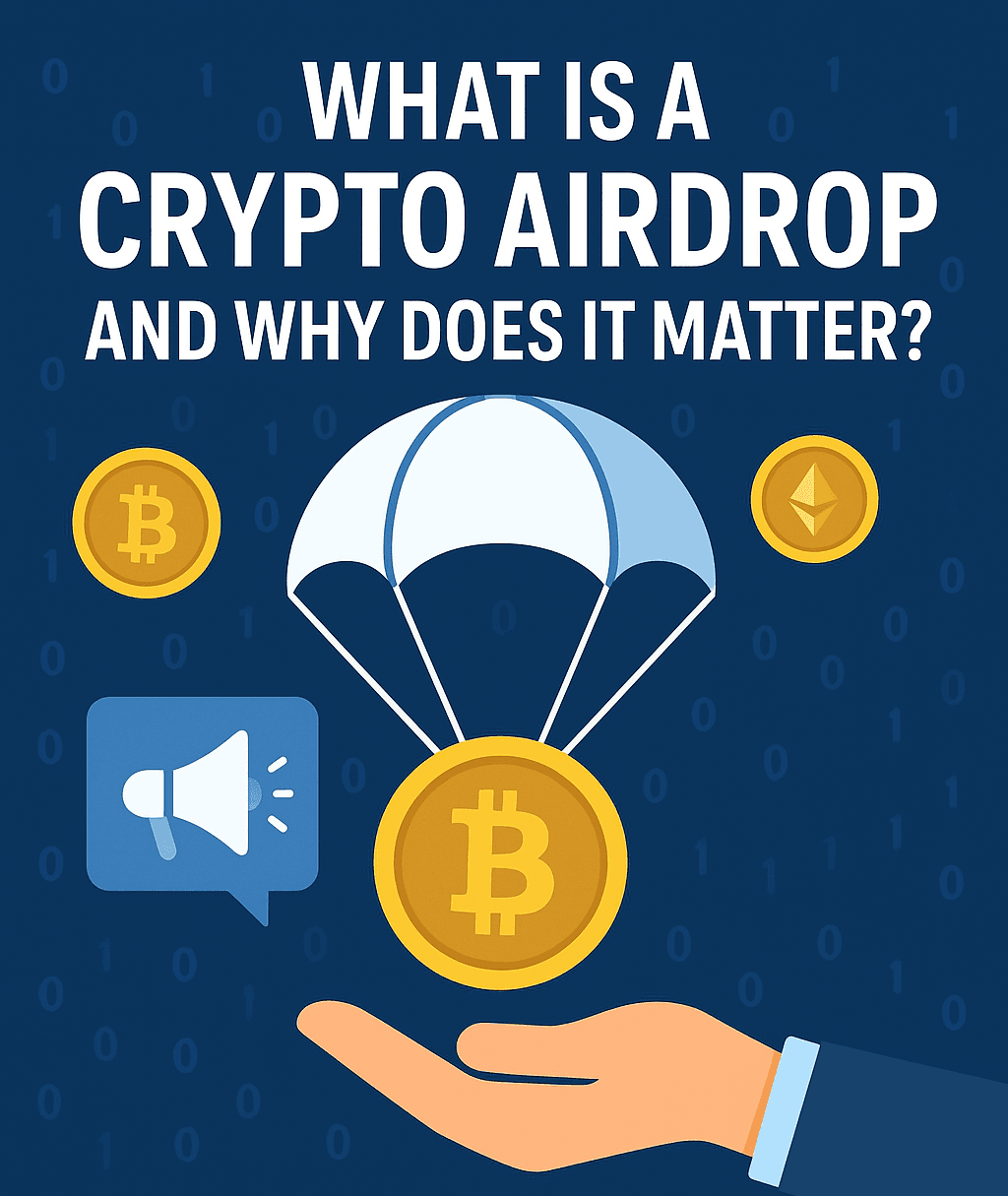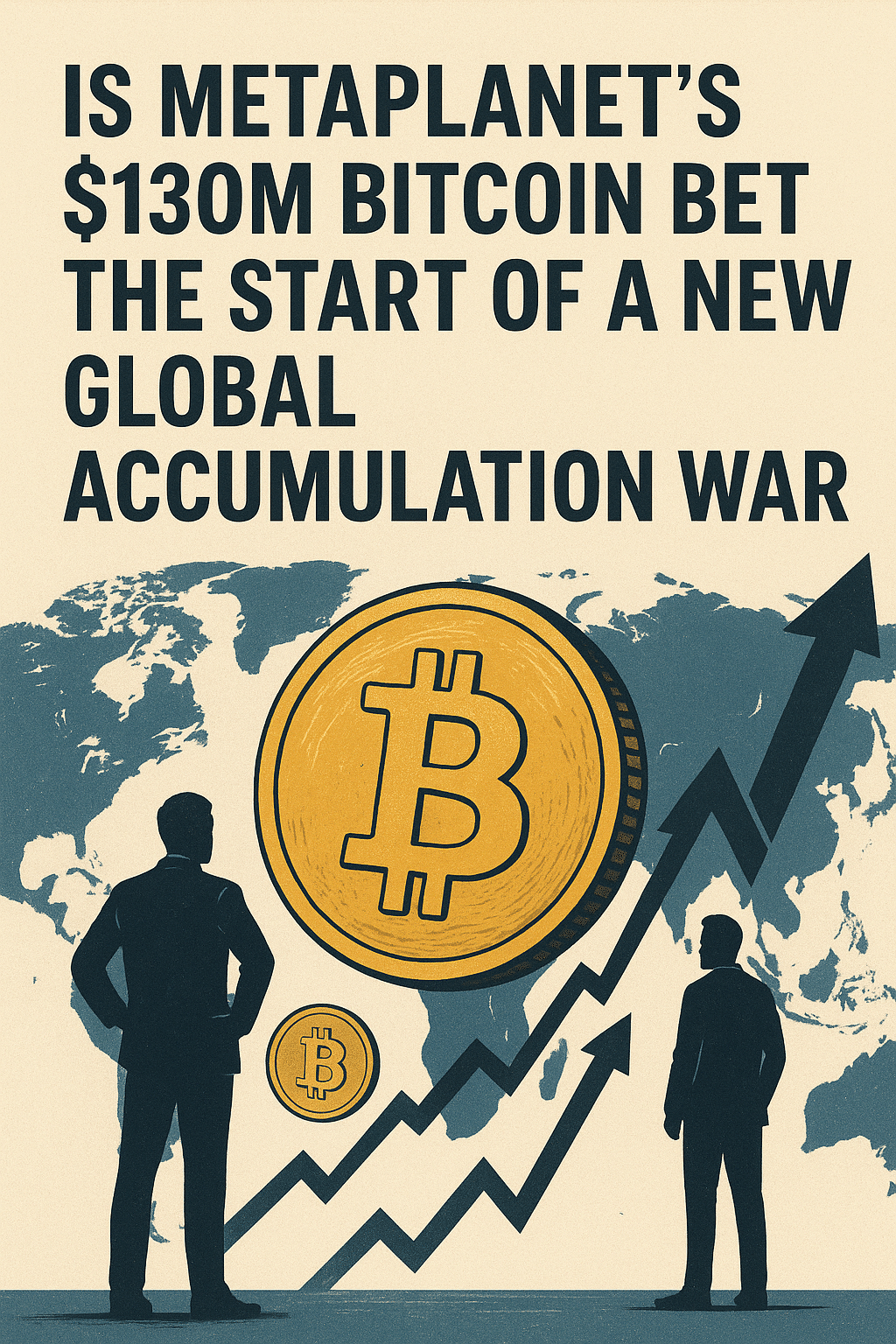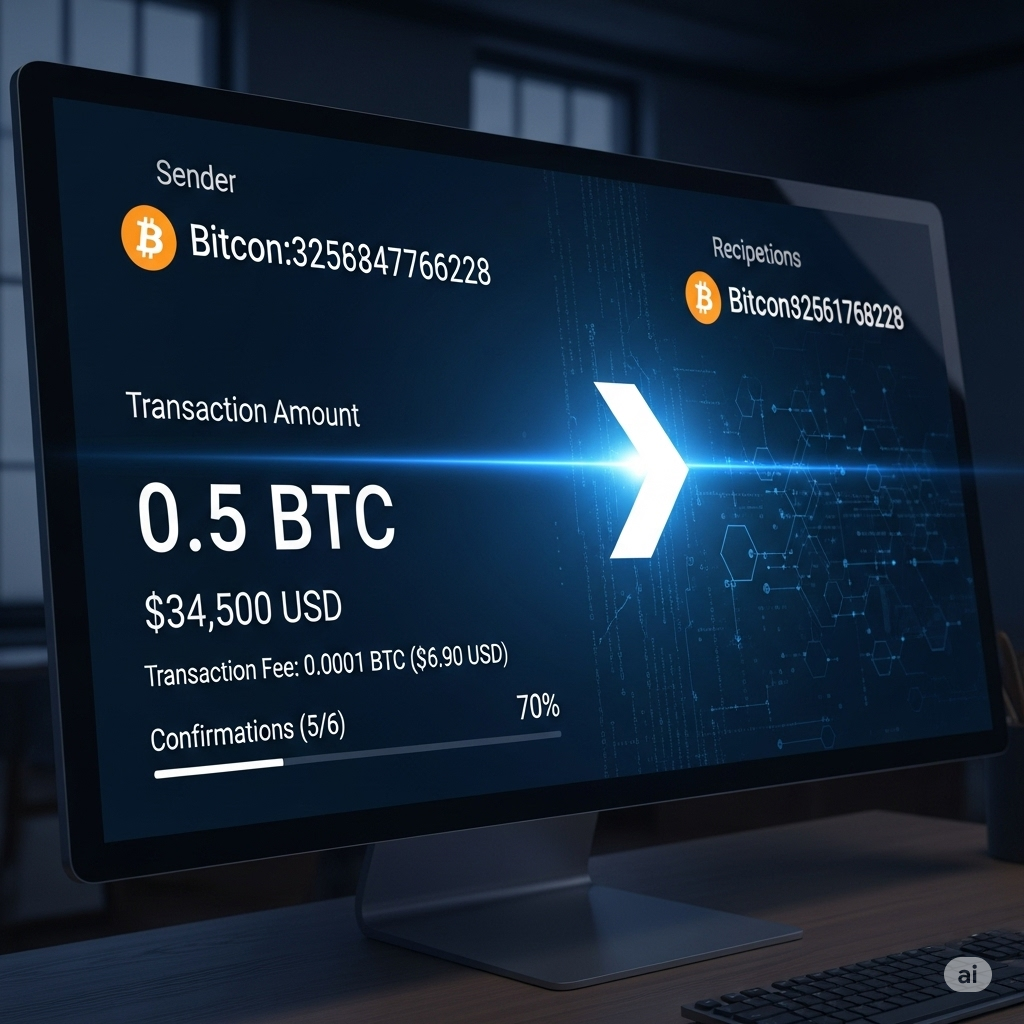By Alex Carter, Crypto Content Specialist | Published: September 17, 2025
Disclaimer
The information provided in this article is for informational and educational purposes only. It should not be considered financial or investment advice. Bitcoin mining is a highly competitive and capital-intensive activity with significant risks. You should consult with a qualified financial professional before making any investment decisions.
How Long Does It Take to Mine One Bitcoin?
A fundamental question for anyone interested in the technical foundation of Bitcoin is, “How long does it take to mine one Bitcoin?” The answer is complex, as individual miners do not directly mine a single coin. Instead, they compete to win a block of new coins, a process that happens approximately every 10 minutes.
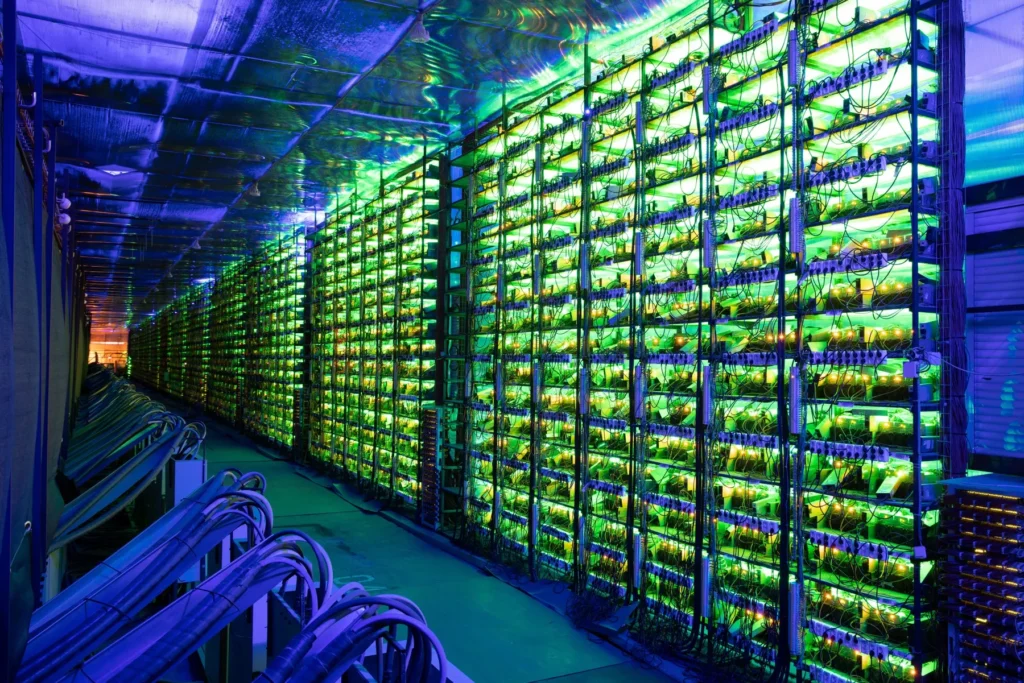
For a solo miner, the odds of winning this reward are statistically improbable in today’s competitive environment. The reality is that Bitcoin mining is now dominated by large-scale, professional operations. Individuals almost exclusively participate by joining mining pools, where they contribute their computing power and earn a small, proportional share of any rewards the pool finds.
The Bitcoin Mining Process Explained
Bitcoin mining is the mechanism that both introduces new bitcoins into circulation and secures the network. It operates on a Proof-of-Work (PoW) consensus model.
Imagine a global, decentralized lottery that occurs every 10 minutes. In this lottery, millions of highly specialized computers are working to solve a complex mathematical problem.
- Solving the Puzzle: These computers, known as miners, repeatedly run a cryptographic hashing function (SHA-256) to find a specific number, or “nonce.” The first miner to find the correct solution “wins” the round.
- Validating Transactions: The winning miner gets the right to compile a new “block” of recent transactions and add it to the Bitcoin blockchain—a public, immutable ledger.
- Claiming the Reward: For their work in securing the network and validating transactions, the winning miner receives a predetermined amount of new Bitcoin, known as the block reward.
As of the current date, September 18, 2025, the block reward is 3.125 BTC. This reward is programmed to decrease by half approximately every four years in an event known as the Bitcoin Halving.
Key Factors Influencing Mining Success
The time and resources required to successfully mine Bitcoin are not static. They are influenced by several critical, interconnected factors that define the mining landscape.
Hash Rate
The hash rate is the primary measure of a miner’s computational power. It represents the number of guesses (hashes) a mining device can perform per second. A higher hash rate directly increases the probability of solving the mathematical problem first. The total combined hash rate of all miners on the network is a key indicator of the network’s overall security.
Mining Difficulty
To ensure that a new block is consistently found approximately every 10 minutes, the Bitcoin protocol automatically adjusts the problem’s difficulty. This difficulty adjustment occurs every 2,016 blocks (roughly every two weeks).
- If blocks are being found too quickly (faster than 10 minutes on average), the difficulty increases.
- If blocks are being found too slowly, the difficulty decreases.
This self-regulating mechanism ensures the network’s stability and predictable issuance of new coins, regardless of how many miners join or leave the network.
Mining Pools
A mining pool is a collective of individual miners who combine their hash rates to increase their collective chance of finding a block. When the pool successfully mines a block, the reward is distributed among the participants based on the amount of computational power each contributed. For individuals, joining a pool is the only practical way to receive consistent, albeit small, payouts.
The Economics of Bitcoin Mining
Prospective miners must understand that this is a business operation with significant costs. Profitability depends on a delicate balance of revenue and expenses.
Primary Costs Include:
- Hardware: Modern Bitcoin mining requires Application-Specific Integrated Circuit (ASIC) miners. These are expensive, highly specialized computers designed for the sole purpose of mining. Mining on standard CPUs or GPUs is no longer effective.
- Electricity: ASICs consume vast amounts of energy. Electricity cost is the single largest operational expense and is often the determining factor in a mining operation’s profitability. As noted in a 2022 White House report, the energy consumption of digital assets like Bitcoin is substantial, highlighting the industrial scale of the industry.
- Pool Fees: Mining pools typically charge a small percentage of the rewards earned (e.g., 1-3%) as a fee for their service.
Online mining profitability calculators can provide estimates, but they rely on volatile inputs like Bitcoin price and network difficulty, which can change rapidly.
Bitcoin Supply and the Future of Mining
The Bitcoin protocol dictates a finite supply of 21 million coins. As of September 2025, over 19.8 million BTC have already been mined.
What happens when the final Bitcoin is mined around the year 2140?
The network will not shut down. After the block rewards cease, miners will be compensated entirely through transaction fees. These are small fees paid by users to have their transactions included in a block. This fee-based model is designed to provide a continuing incentive for miners to secure the network long after the last Bitcoin has been issued.
Final Verdict: Is Bitcoin Mining Profitable Today?
For an individual using consumer-grade equipment in a residential setting, Bitcoin mining is almost never profitable. The cost of electricity and the initial investment in ASIC hardware far outweigh the potential fractional rewards from a mining pool.
Profitability today is the domain of large-scale operations located in regions with access to extremely cheap electricity. These companies leverage economies of scale, purchasing hardware in bulk and negotiating low-cost energy contracts, to maintain a competitive edge in a global industry. While technologically fascinating, Bitcoin mining is not a viable get-rich-quick scheme for individuals.
About the Author
Alex Carter is a Crypto Content Specialist who has been writing about technology and finance for over five years. With a background in breaking down complex systems, Alex focuses on making the world of blockchain and decentralized finance accessible to everyone. You can find more of their work on this site or connect with them on X (formerly Twitter) and LinkedIn.
